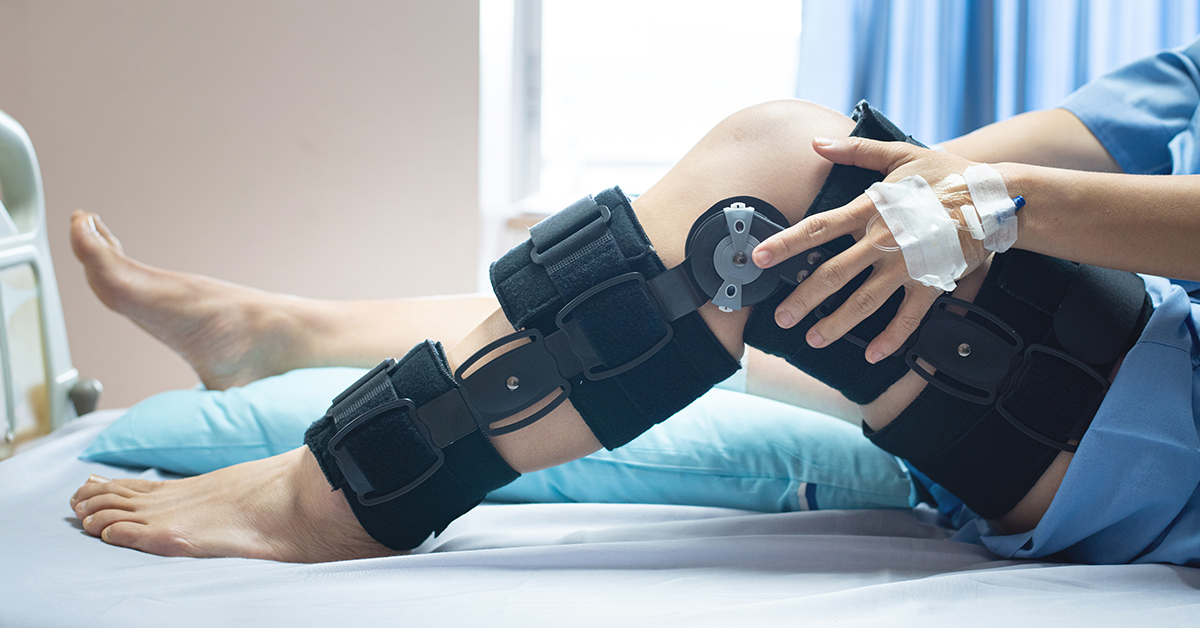
What does a fracture in the knee feel like?
Intense Pain
A knee fracture is a serious injury involving a break in one or more of the bones that make up the knee joint, such as the femur (thigh bone), patella (kneecap), or tibia (shin bone). Recognizing the symptoms of a knee fracture is crucial for seeking prompt medical attention and ensuring proper treatment. One of the most immediate and telling signs of a knee fracture is intense pain. This pain is usually sharp and localized at the site of the fracture, often worsening with movement or pressure on the affected leg.
Swelling and Bruising
Swelling around the knee joint is common after a fracture, developing quickly and often accompanied by significant bruising. The knee may appear visibly larger and feel tender to the touch.
Inability to Bear Weight
A fractured knee frequently makes it difficult or impossible to put weight on the affected leg. Attempting to stand or walk can result in intense pain and instability.
Visible Deformity
In some cases, a knee fracture can cause the leg to look misshapen or misaligned, indicating that the bones are out of place and require immediate medical attention.
Limited Range of Motion
A knee fracture can significantly reduce your ability to move the knee, making it difficult to bend or straighten the leg without experiencing severe pain.
Sensory Changes
Additionally, numbness, tingling, or a pins-and-needles sensation around the knee may occur if there is nerve involvement or damage. These sensory changes should be evaluated by a healthcare professional.
Seek Medical Attention
If you suspect that you have a knee fracture, it's essential to seek medical attention immediately. Delaying treatment can lead to complications and prolonged recovery times. A healthcare professional will typically perform a physical examination and order imaging tests, such as X-rays or an MRI, to confirm the diagnosis and determine the severity of the fracture.
Treatment Options
Treatment for a knee fracture depends on the severity and type of fracture. Common treatments include immobilization with a cast, splint, or brace to keep the knee stable while it heals, pain relievers and anti-inflammatory medications to manage pain and swelling, and in severe cases, surgical intervention to realign and stabilize the bones using screws, plates, or rods. After the initial healing phase, physical therapy can help restore strength, flexibility, and range of motion to the knee.
A knee fracture is a serious injury that requires prompt medical attention. Severe pain, swelling, inability to bear weight, visible deformity, limited range of motion, and sensory changes are key indicators of a knee fracture. If you experience any of these symptoms, seek medical care immediately to ensure proper treatment and a smooth recovery. Early intervention is crucial for regaining full function and mobility in your knee.

